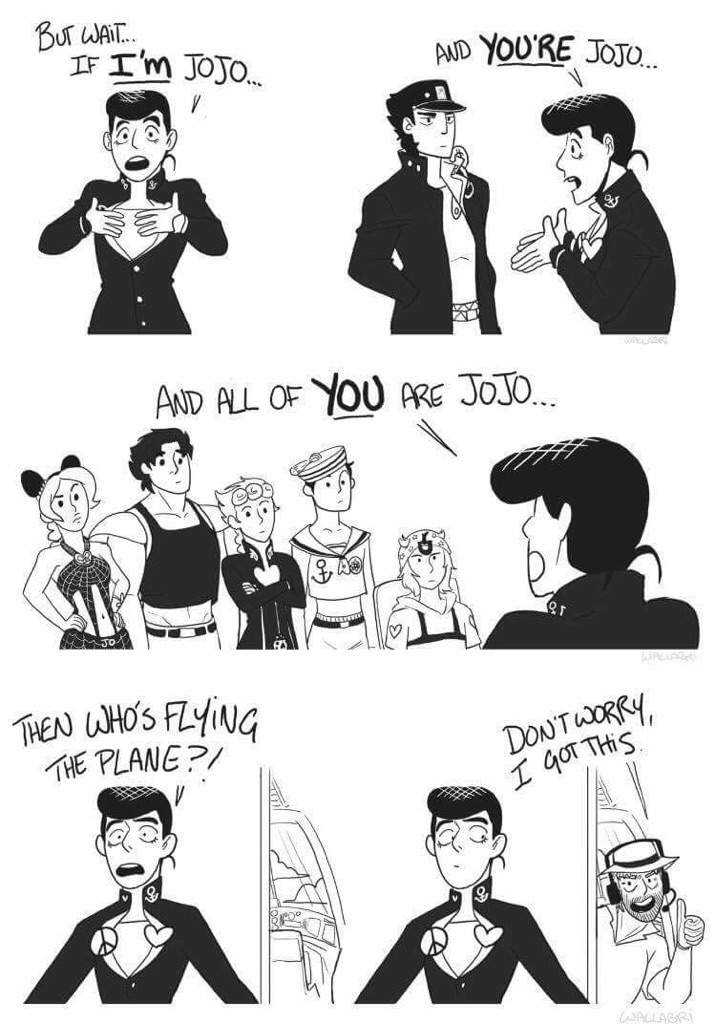
The Metro is clean, safe and fast, with regular services running every two to 10 minutes. Three lines serve all the major tourist destinations. The M1 line is near ground level, and there are no elevators - just a short flight of stairs to each station. Built between 18, the M1 or yellow line was the second in the world after London and still has some original tile work. Biking is also a great option, as Budapest has well-marked bike lanes both in the city and along the Danube River.īy Metro: The Budapest underground system is a tourist attraction in its own right. Many of the main sights are within a 20-minute walk of the docking area. On Foot: One of the best things about Budapest is that it is walkable, with a compact city center. It has a crafty way of being its own stage-set." As Claudio Magris wrote in his travel memoir, "Danube," "Budapest is the loveliest city on the Danube. Its current skyline reflects the building programs and styles of the turn of the 20th century. The city has been destroyed and rebuilt over the centuries - part of the reason for its eclectic architecture, which includes everything from neo-Classical to Stalinist utilitarian. Study the place a bit, and you'll find yourself wondering: Who didn't invade the city? The Romans, Magyars, Mongols, Ottoman Turks, Austrians, Germans and Soviets have all played starring roles in Budapest's longstanding municipal drama. Many river cruise operators offer trips to the baths as an excursion option.īudapest's history dates to the third century, when Celtic warriors occupied the area. Szechenyi is the largest, with indoor and outdoor pools, and Gellert is famous for its opulent - and mostly original - architecture. Budapest is also the world's only capital city to boast more than 80 active thermal springs and wells soaking in the warm, mineral-rich waters is an authentic experience. At one time, there were more than 400 in Budapest, so take time out to join locals for a caffeine boost and a slice of yummy cream cake. The majority of sights are within walking distance or easily reached on the efficient tram and underground network.Ĭoffee shops are a big thing. The great thing about Budapest, a mainstay on most Danube River cruise itineraries, is it's compact, so you can pack plenty into a short break. Several bridges cross the river, but the best one to use is the historic Chain Bridge, which is the oldest.
RUSE CRUISE PLUS
On the busier Pest bank, there are grand sights like the parliament building, opera house and statue-lined Heroes' Square, plus fantastic shopping streets, such as Andrassy Avenue, Budapest's grand central boulevard. The hilly Buda side is topped by the impressive Royal Palace, home to several museums and charming cobbled streets lined with shops and houses that date to medieval times. Who are you sailing with, which travel company? I’d like to do a cruise from Ruse, but haven’t been able to find.Divided by the Danube River, the Hungarian capital of Budapest - known as the "Pearl of the Danube"- is a city of two distinct halves. There aren’t many in English, so you don’t have to scroll. We were there in October 2018, so go search the TA Svishtov page and read our reviews. They’ve constructed skeletal impressions of what some buildings were like. Nova Castrum ( New Castle ) worth a taxi trip. įurther up is another square with a pretty church.Ībout 2 or 3 miles out of town is an excavated Roman fort. I’d have liked to see inside the theatre, but my Bulgarian isn’t up to asking.

To the left of the park are several more art nouveau buildings, including a green mansion which has a cafe in garden and on the ground floor. Up hill from town hall square is a narrow park leading to the theatre building. Street off to left with bars and restaurants, clock tower.

Big communist brutal square by town hall. Dock area is desolate.Ĭentre is much better. Svishtov is an industrial town, with university.


 0 kommentar(er)
0 kommentar(er)
